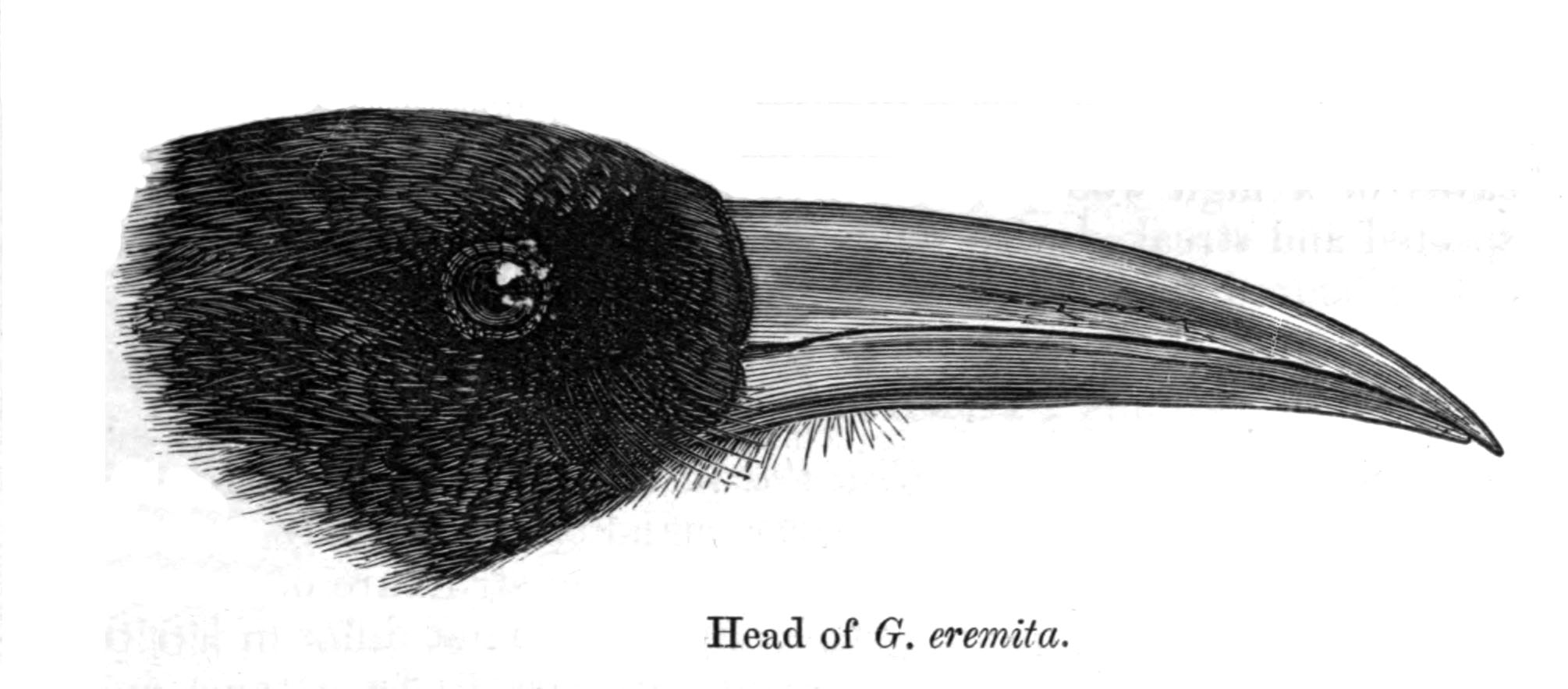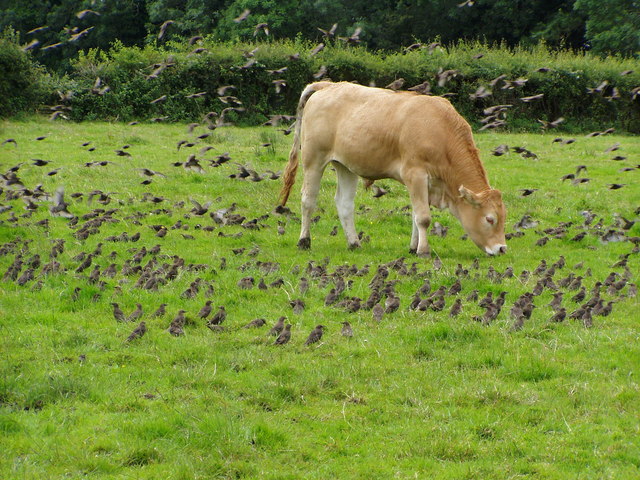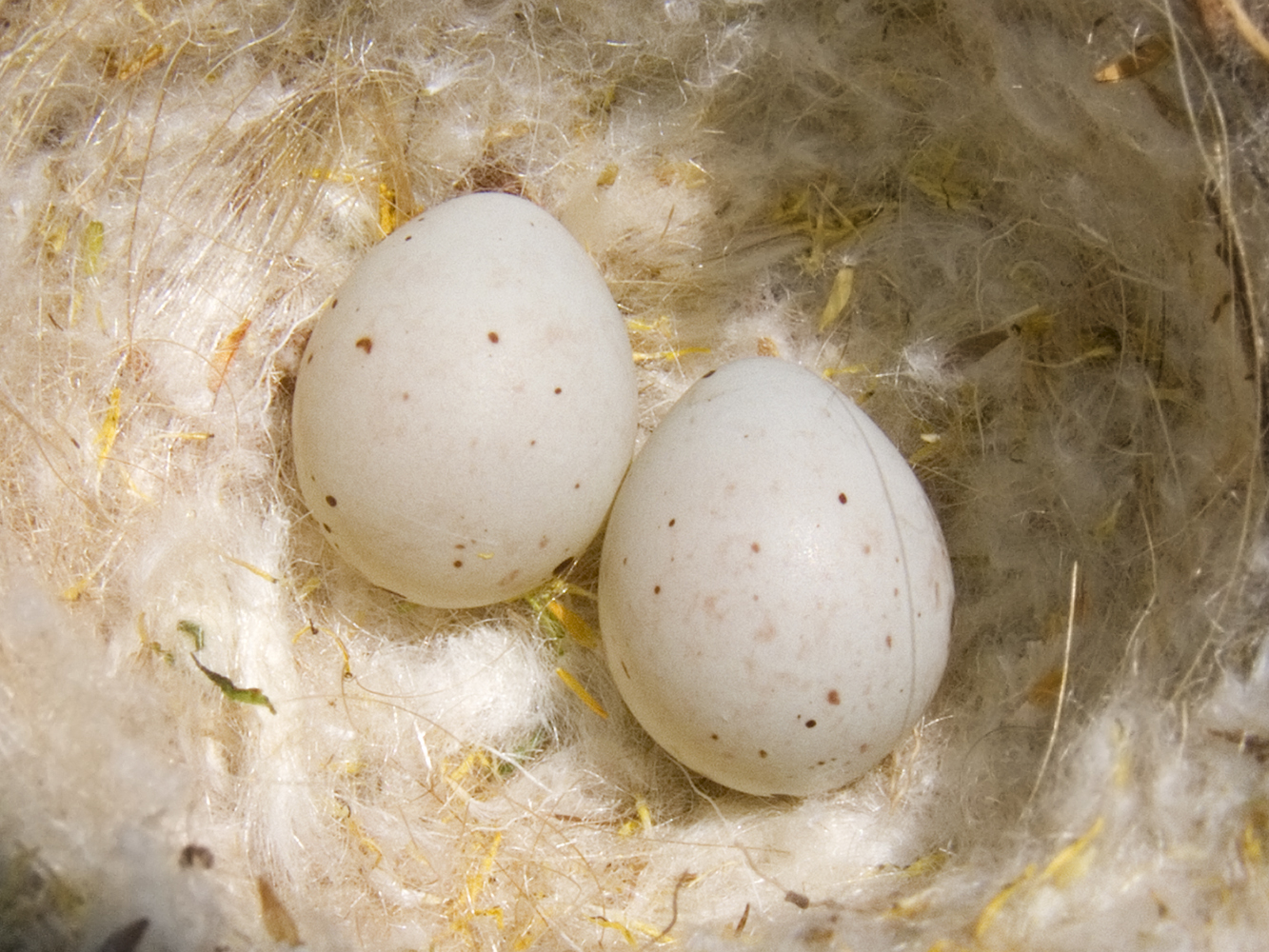|
Llŷn Coastal Path
The Llŷn Coastal Path () is a waymarked long-distance footpath running along the coast of the Llŷn Peninsula from Caernarfon to Porthmadog in Gwynedd, north-west Wales. A large part of the Llŷn Peninsula is designated an Area of Outstanding Natural Beauty. Devised and implemented by Gwynedd County Council and the Countryside Council for Wales, the path opened in 2006, though it has since been changed and improved. This work is continuing as part of the path's integration into the Wales Coast Path, an long-distance walking route around the whole coast of Wales from Chepstow to Queensferry, Flintshire, Queensferry.BBC News Wales - All-Wales coast path nears completion Retrieved 2 January 2012 Description The route passes through hidden coves and beaches, ...[...More Info...] [...Related Items...] OR: [Wikipedia] [Google] [Baidu] |
Porthmadog
Porthmadog (), originally Portmadoc until 1972 and known locally as "Port", is a coastal town and community (Wales), community in the Eifionydd area of Gwynedd, Wales, and the historic counties of Wales, historic county of Caernarfonshire. It lies east of Criccieth, south-west of Blaenau Ffestiniog, north of Dolgellau and south of Caernarfon. The community population was 4,185 in the 2011 census and was put at 4,134 in 2019. It grew in the 19th century as a port for local slate, but as the trade declined, it continued as a shopping and tourism centre, being close to Snowdonia, Snowdonia National Park and the Ffestiniog Railway. The 1987 National Eisteddfod was held there. It includes nearby Borth-y-Gest, Morfa Bychan and Tremadog. History Porthmadog came about after William Madocks built a sea wall, the Cob, in 1808–1811 to reclaim much of Traeth Mawr from the sea for farming use. Diversion of the River Glaslyn, Afon Glaslyn caused it to scour out a new natural harbour deep ... [...More Info...] [...Related Items...] OR: [Wikipedia] [Google] [Baidu] |
Snowdonia
Snowdonia, or Eryri (), is a mountainous region and National parks of the United Kingdom, national park in North Wales. It contains all 15 mountains in Wales Welsh 3000s, over 3000 feet high, including the country's highest, Snowdon (), which is tall. These peaks are all part of the Snowdon Massif, Snowdon, Glyderau, and Carneddau ranges in the north of the region. The shorter Moelwynion and Moel Hebog ranges lie immediately to the south. The national park has an area of (the fourth-largest in the UK), and covers most of central and southern Gwynedd and the western part of Conwy County Borough. This is much larger than the area traditionally considered Snowdonia, and in addition to the five ranges above includes the Rhinogydd, Cadair Idris, and Aran Fawddwy, Aran ranges and the Dyfi hills, Dyfi Hills. It also includes most of the coast between Porthmadog and Aberdyfi. The park was the first of the three national parks of Wales to be designated, in October 1951, and the third i ... [...More Info...] [...Related Items...] OR: [Wikipedia] [Google] [Baidu] |
Trefor, Gwynedd
Trefor is a village on the northern coast of the Llŷn Peninsula, in Gwynedd, Wales. It had a population of 1,067 at the 2021 Census. Trefor is in the community of , and Llithfaen is nearby. There is a beach in Trefor and also a shop in the village centre. It was in the historic county of Caernarfonshire Caernarfonshire (; , ), previously spelled Caernarvonshire or Carnarvonshire, was one of the thirteen counties of Wales that existed from 1536 until their abolishment in 1974. It was located in the north-west of Wales. Geography The county .... Location and amenities Trefor is 9 miles (14 km) north of Pwllheli and south of Caernarfon. It is surrounded by the sea and mountains, overlooking Caernarfon Bay. Just off the main A499 road, Trefor has a small harbour and a beach with some sand. At the top of the beach is an emergency telephone to summon help in the event of a maritime emergency. The land behind the beach is made of boulder clay deposited during the last gla ... [...More Info...] [...Related Items...] OR: [Wikipedia] [Google] [Baidu] |
Red-billed Chough
The red-billed chough, Cornish chough or simply chough ( ; ''Pyrrhocorax pyrrhocorax''), is a bird in the crow family, one of only two species in the genus ''Pyrrhocorax''. Its eight subspecies breed on mountains and coastal cliffs from the western coasts of Ireland and Britain east through southern Europe and North Africa to Central Asia, India and China. This bird has glossy black plumage, a long curved red bill, red legs, and a loud, ringing call. It has a buoyant acrobatic flight with widely spread Primary feather, primaries. The red-billed chough pair bond, pairs for life and displays philopatry, fidelity to its breeding site, which is usually a cave or crevice in a cliff face. It builds a wool-lined stick nest and lays three eggs. It feeds, often in flocks, on short grazed grassland, taking mainly invertebrate prey. Although it is subject to predation and parasitism, the main threat to this species is changes in agricultural practices, which have led to population declin ... [...More Info...] [...Related Items...] OR: [Wikipedia] [Google] [Baidu] |
Eurasian Skylark
The Eurasian skylark (''Alauda arvensis'') is a passerine bird in the lark family, Alaudidae. It is a widespread species found across Europe and the Palearctic with introduced populations in Australia, New Zealand and on the Hawaiian Islands. It is a bird of open farmland and heath, known for the song of the male, which is delivered in hovering flight from heights of . The sexes are alike. It is streaked greyish-brown above and on the breast and has a buff-white belly. The female Eurasian skylark builds an open nest in a shallow depression on open ground well away from trees, bushes and hedges. She lays three to five eggs which she incubates for around 11 days. The chicks are fed by both parents but leave the nest after eight to ten days, well before they can fly. They scatter and hide in the vegetation but continue to be fed by the parents until they can fly at 18 to 20 days of age. Nests are subject to high predation rates by larger birds and small mammals. The parents can hav ... [...More Info...] [...Related Items...] OR: [Wikipedia] [Google] [Baidu] |
Common Starling
The common starling (''Sturnus vulgaris''), also known simply as the starling in Great Britain and Ireland, and as European starling in North America, is a medium-sized passerine bird in the starling family, Sturnidae. It is about long and has glossy black plumage with a metallic sheen, which is speckled with white at some times of the year. The legs are pink and the bill is black in winter and yellow in summer; young birds have browner plumage than the adults. Its gift for mimicry has been noted in literature including the ''Mabinogion'' and the works of Pliny the Elder and William Shakespeare. The common starling has about 12 subspecies breeding in open habitats across its native range in temperate Europe and across the Palearctic to western Mongolia, and it has been introduced as an invasive species to Australia, New Zealand, Canada, the United States, Mexico, Argentina, South Africa and Fiji. This bird is resident in western and southern Europe and southwestern Asia, whil ... [...More Info...] [...Related Items...] OR: [Wikipedia] [Google] [Baidu] |
Common Chaffinch
The Eurasian chaffinch, common chaffinch, or simply the chaffinch (''Fringilla coelebs'') is a common and widespread small passerine bird in the finch family. The male is brightly coloured with a blue-grey cap and rust-red underparts. The female is more subdued in colouring, but both sexes have two contrasting white wing bars and white sides to the tail. The male bird has a strong voice and sings from exposed perches to attract a mate. The chaffinch breeds in much of Europe, across the Palearctic to Siberia. The female builds a nest with a deep cup in the fork of a tree. The clutch is typically four or five eggs, which hatch in about 13 days. The chicks fledge in around 14 days, but are fed by both adults for several weeks after leaving the nest. Outside the breeding season, chaffinches form flocks in open countryside and forage for seeds on the ground. During the breeding season, they forage on trees for invertebrates, especially caterpillars, and feed these to their ... [...More Info...] [...Related Items...] OR: [Wikipedia] [Google] [Baidu] |
Redwing
The redwing (''Turdus iliacus'') is a bird in the thrush family, Turdidae, native to Europe and the Palearctic, slightly smaller than the related song thrush. Taxonomy and systematics This species was first described by Carl Linnaeus in his 1758 10th edition of ''Systema Naturae'' under its current scientific name. The English name derives from the bird's red underwing. It is not closely related to the red-winged blackbird, a North American species sometimes nicknamed "redwing", which is an icterid, not a thrush. The binomial name derives from the Latin words ''turdus'', "thrush", and ''ile'' "flank". About 65 species of medium to large thrushes are in the genus ''Turdus'', characterised by rounded heads, longish, pointed wings, and usually melodious songs. Although two European thrushes, the song thrush and mistle thrush, are early offshoots from the Eurasian lineage of ''Turdus'' thrushes after they spread north from Africa, the redwing is descended from ancestors that ... [...More Info...] [...Related Items...] OR: [Wikipedia] [Google] [Baidu] |
Sand Martin
The sand martin (''Riparia riparia''), also known as collared sand martin or common sand martin, and in the Americas as the bank swallow, is a migratory passerine bird in the swallow family Hirundinidae. It has a wide range in summer, embracing practically the whole Holarctic area, from Europe, across Asia to the Pacific Ocean, and throughout North America. It winters in eastern and southern Africa, southern Asia, and South America. Taxonomy This species was first described by Carl Linnaeus in his 1758 10th edition of ''Systema Naturae'', and originally named ''Hirundo riparia''; the description consisted of the simple "''H rundocinerea, gula abdomineque albis''" ("an ash-grey swallow, with white throat and belly") and the type locality was simply given as "Europa", subsequently refined to refer to Linnaeus's homeland of Sweden. The specific name means "of the riverbank"; it is derived from the Latin ''ripa'' "riverbank". There are three or four weakly-defined subspecies: * ' ... [...More Info...] [...Related Items...] OR: [Wikipedia] [Google] [Baidu] |
European Goldfinch
The European goldfinch or simply the goldfinch (''Carduelis carduelis'') is a small passerine bird in the finch Family (biology), family that is native to the Palearctic zone in Europe, northern Africa, and western Asia. It has been introduced to other areas, including Australia, New Zealand, Uruguay and the United States. The breeding male has a red face with black markings around the eyes, and a black-and-white head. The back and flanks are buff or chestnut brown. The black wings have a broad yellow bar. The tail is black and the rump is white. Males and females are very similar, but females have a slightly smaller area of red on the face. The goldfinch is often depicted in Italian Renaissance paintings of the Madonna (art), Madonna and Child. Taxonomy The European goldfinch was one of the birds described and illustrated by Swiss naturalist Conrad Gessner in his ''Historiae animalium (Gessner), Historiae animalium'' of 1555. The first Species description, formal description w ... [...More Info...] [...Related Items...] OR: [Wikipedia] [Google] [Baidu] |
European Stonechat
The European stonechat (''Saxicola rubicola'') is a small passerine bird that was formerly classed as a subspecies of the common stonechat. Long considered a member of the thrush family, Turdidae, genetic evidence has placed it and its relatives in the Old World flycatcher family, Muscicapidae. It is found across Europe, as far east as Ukraine and the South Caucasus, and in parts of North Africa. Taxonomy and systematics The European stonechat was formally described by the Swedish naturalist Carl Linnaeus in 1766 in the twelfth edition of his ''Systema Naturae'' under the binomial name ''Motacilla rubicola''. This species is now placed in the genus '' Saxicola'' that was introduced by the German naturalist Johann Matthäus Bechstein in 1802. The English name derives from its call, sounding like two stones knocked together. The scientific name ''Saxicola'' means "rock-dweller", from Latin ''saxum'' meaning "a rock" and ''incola'' meaning "dwelling in". The specific epithet comb ... [...More Info...] [...Related Items...] OR: [Wikipedia] [Google] [Baidu] |
Grey Seals
The grey seal (''Halichoerus grypus'') is a large seal of the family Phocidae, which are commonly referred to as "true seals" or "earless seals". The only species classified in the genus ''Halichoerus'', it is found on both shores of the North Atlantic Ocean. In Latin, ''Halichoerus grypus'' means "hook-nosed sea pig". Its name is spelled gray seal in the United States; it is also known as Atlantic seal and the horsehead seal. Taxonomy There are two recognized subspecies of this seal: The type specimen of ''H. g. grypus'' ( Zoological Museum of Copenhagen specimen ZMUC M11-1525, caught in 1788 off the island of Amager, Danish part of the Baltic Sea) was believed lost for many years, but was rediscovered in 2016, and a DNA test showed it belonged to a Baltic Sea specimen rather than from Greenland, as had previously been assumed (because it was first described in Otto Fabricius' book on the animals in Greenland: ''Fauna Groenlandica''). The name ''H. g. gr ... [...More Info...] [...Related Items...] OR: [Wikipedia] [Google] [Baidu] |









